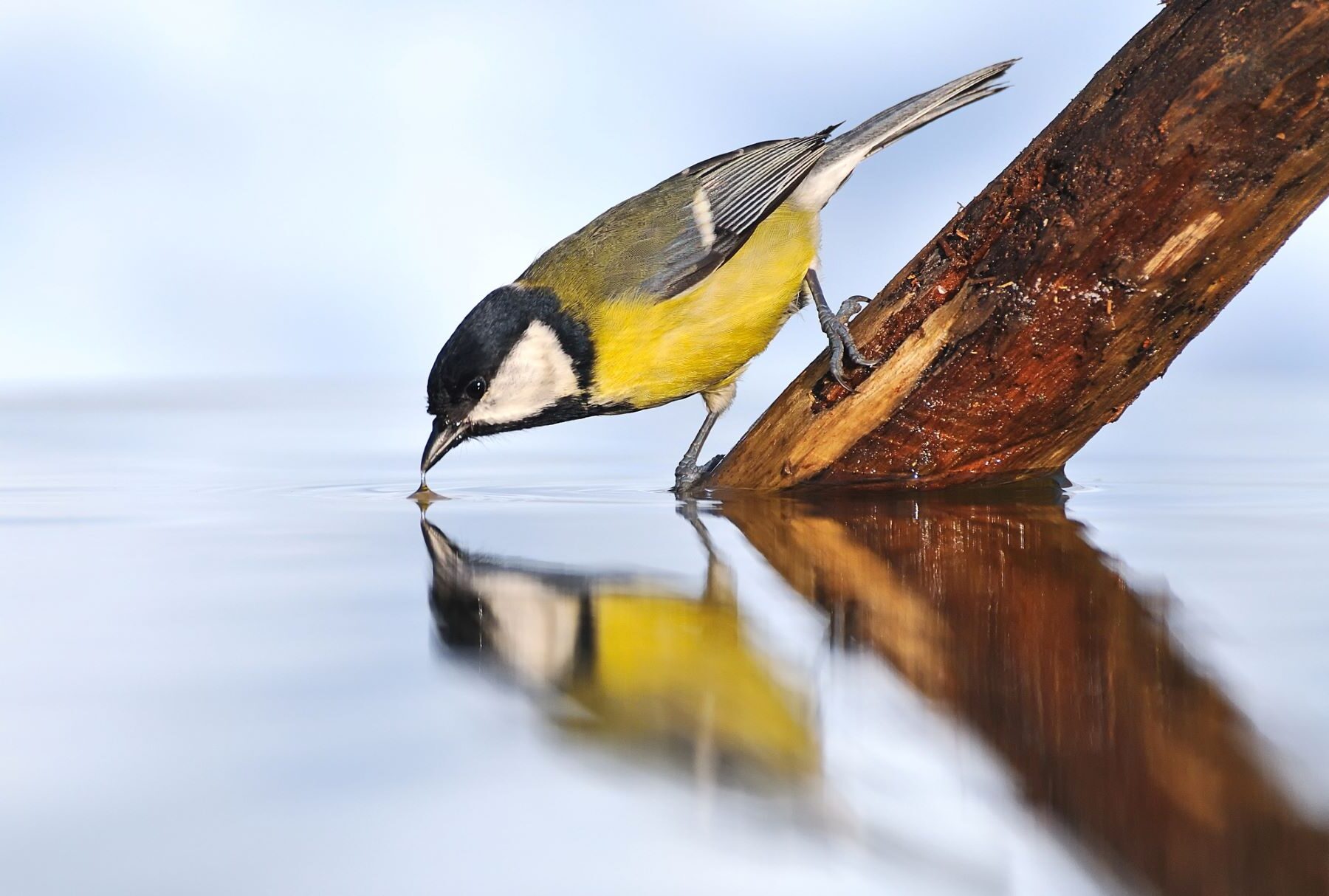In just five decades, the average population size of the biodiversity global ha dropped to a level that can be considered catastrophic: 73%. Nature is in serious danger as a result of human actions.
The average size of monitored wildlife populations has fallen catastrophically by 73% in just 50 years (1970-2020), the WWF’s Living Planet Report 2024 documents. The report warns of this as the planet gets closer Dangerous tipping points that pose a serious threat to humanitya huge collective effort will be needed over the next five years to tackle the twin climate and nature crises.
The Living Planet Index (LPI), compiled by the Zoological Society of London (ZSL), analyzes nearly 35,000 population trends of 5,495 species between 1970 and 2020. The waterfalls of biodiversity The strongest occurrences are in freshwater ecosystems (-85%), followed by terrestrial ecosystems (-69%) and marine ecosystems (-56%).
The habitat loss and degradation, mainly caused by our food systemare the most commonly reported threats to wildlife populations worldwide, followed by overexploitation, invasive species and diseases. Climate change poses an additional threat, especially to wildlife populations in Latin America and the Caribbean, which have recorded an average decline of 95%.
The decline in wildlife populations could be an early warning of a increasing risk of extinction and possible loss of healthy ecosystems. When the ecosystems suffer damage, they may become more vulnerable to tipping points, that is, crossing a critical threshold that causes substantial and potentially irreversible changes.


Possible turning points at the global level of biodiversitysuch as the retreat of the Amazon rainforest and the mass death of coral reefs, would have consequences far beyond their environment, affecting food security and people’s livelihoods.
Nature calls for help
Kirsten Schuijt, Director General of WWF International, said: “Nature is calling for help. The associated crises of nature loss and climate change are pushing wildlife and ecosystems beyond their limitswith dangerous tipping points that threaten to damage Earth’s life support systems and destabilize societies worldwide. The catastrophic consequences of the loss of some of our most valuable ecosystems, such as Amazon rainforest and coral reefswould be felt by people and nature around the world.”
Some of the species populations evaluated in the IPV include the hawksbill turtles, which have suffered a 57% decline in the number of breeding females between 1990 and 2018 on Milman Island, on the Great Barrier Reef in Australia.
It has also been revealed that the population of the Amazon pink dolphin (boto) has declined by 65%, while that of the smaller tucuxi dolphin has declined by 75% between 1994 and 2016 in the Mamirauá Reserve in Amazonas, Brazil. Moreover, recently, more than In just two lakes, 330 river dolphins died during a period of extreme heat and drought in 2023.
The index also shows the stabilization or increase in populations of some species as a result of conservation efforts. biodiversity that were effective, such as increase in the subpopulation of mountain gorillas (by about 3% per year between 2010 and 2016) in the Virunga Mountains in East Africa, and the return of European bison populations in Central Europe. However, isolated successes are not enough.
The biodiversity situation is ‘desperate’
Countries have already agreed on ambitious global goals to halt and reverse nature loss (Global Biodiversity Framework), limit global temperature rise to 1.5°C (Paris Agreement) and eradicate poverty (Sustainable Development Goals). But the Living Planet Report shows that national commitments and actions on the ground are still far from what we need to achieve the 2030 targets and avoid dangerous turning points.
The international summits on biodiversity and climate events held this year (COP16 and COP29) are an opportunity for countries to rise to the challenge. WWF calls on governments to develop and implement this national nature and climate plans (NBSAP and NDC) that include measures to reduce overconsumption globally, halt and reverse both domestic and imported biodiversity loss, and reduce emissions equitably.
Environmental groups are urging governments to allocate these resources more public and private financing, enabling action at scaleand to better coordinate its policies and actions in the areas of climate, biodiversity, nature and sustainable development.
Both governments and companies must act accordingly quickly eliminate activities that have negative effects on biodiversity and the climateand redirect funding from harmful practices to activities that achieve global goals.
Kirsten Schuijt said: “Although the situation is desperate, we have not yet passed the point of no return. We have global agreements and solutions to guide nature towards recovery in 2030but so far there has been little progress in implementation and a sense of urgency is lacking.
Las decisions need to be made and actions taken over the next five years They will be crucial to the future of life on Earth. The power – and opportunity – to change the current trajectory is in our hands. “We can restore our living planet if we act now.”
Dr. Andrew Terry, director of conservation and policy at ZSL, said: “The Living Planet Index highlights the the continued loss of wildlife populations worldwideand the thinning of the tree of life puts us at risk of breaking through dangerous tipping points. We are not trapped in this loss.
We know what to do and we know that, If given the chance, nature can recover; What we need now is more action and ambition. We have five years to fulfill international obligations to restore nature biodiversity before 2030.
Loose World leaders will soon meet for COP16, and we need to see answers strong statements from them and an urgent expansion of resources to meet these commitments and get us back on the path to recovery.”
In a few days, the COP16 will start in Cali, Colombia, and many hopes are high as the decisions made could have a major impact. immediate positive impact on global biodiversitywhich would be an invaluable aid to the restoration work that nature is carrying out.

